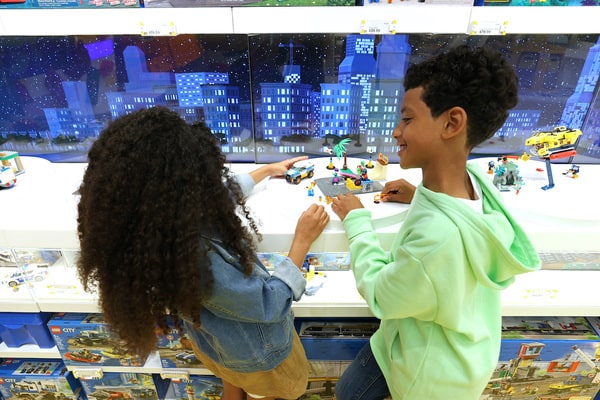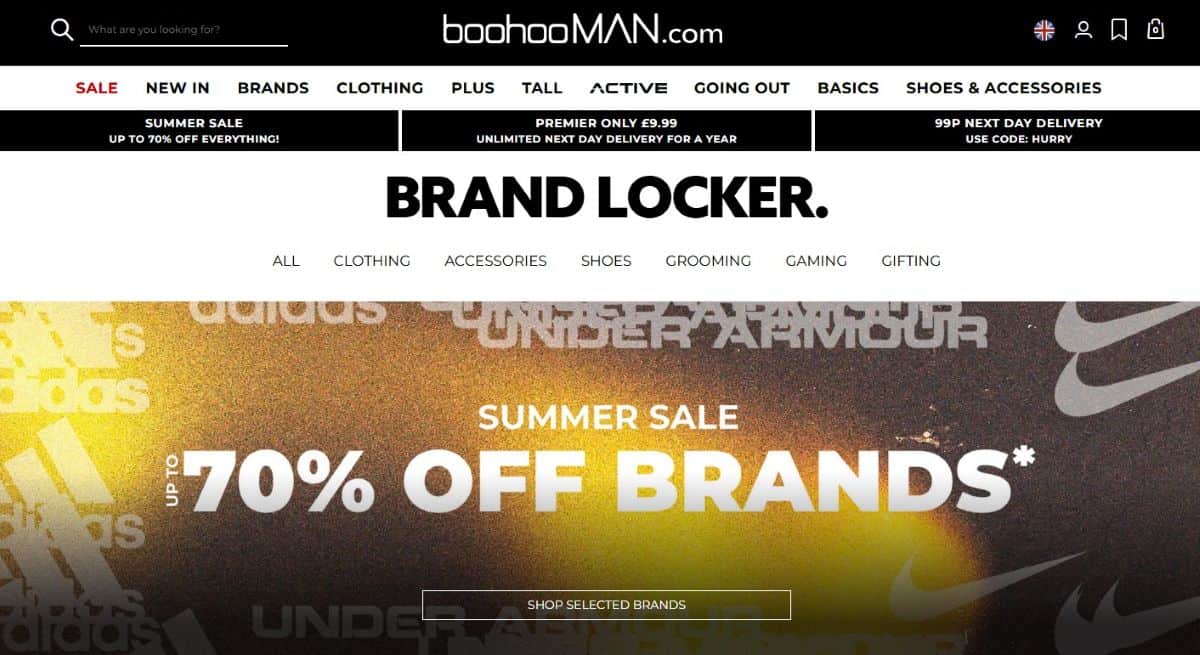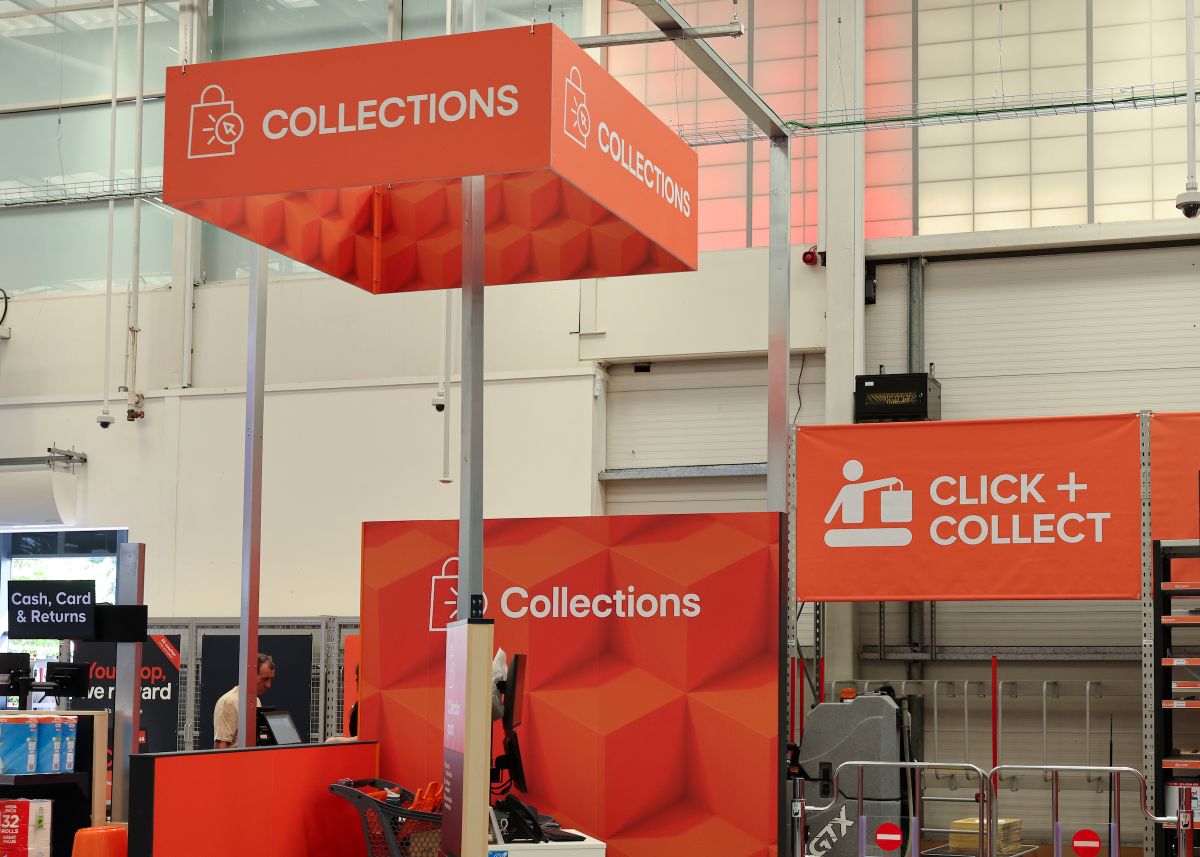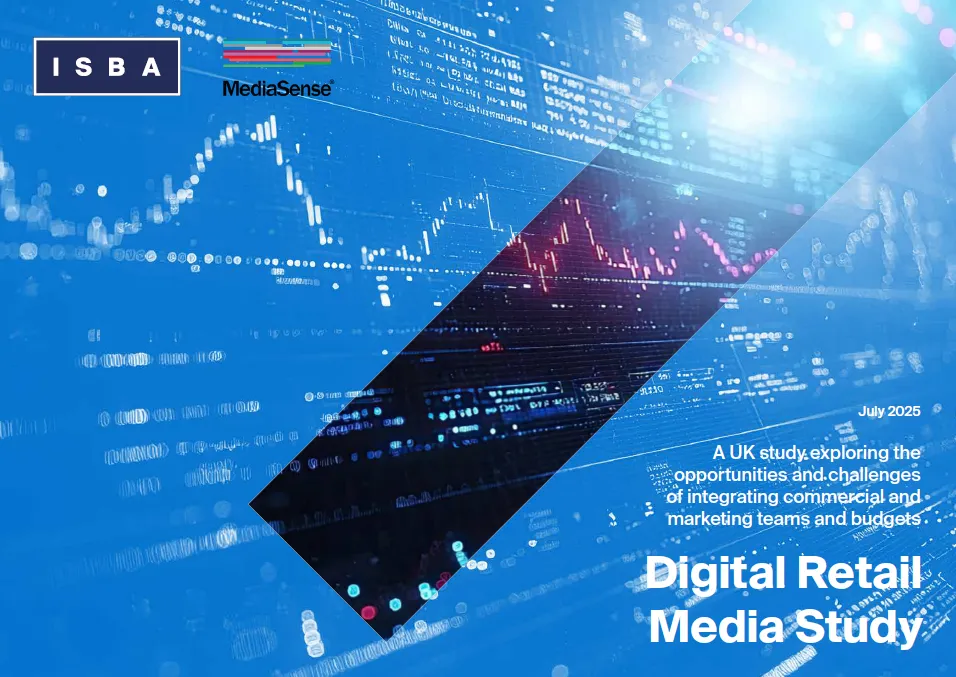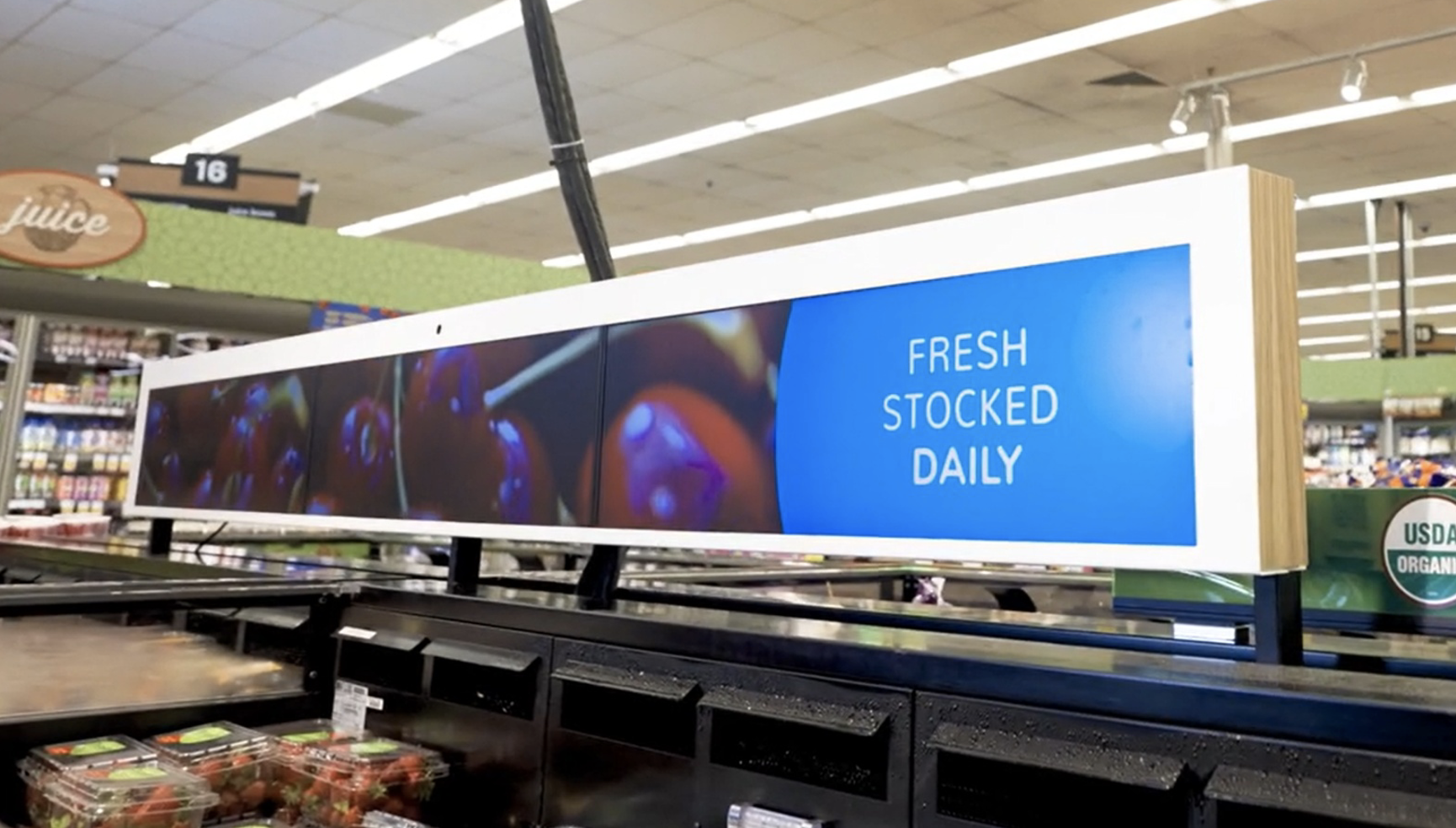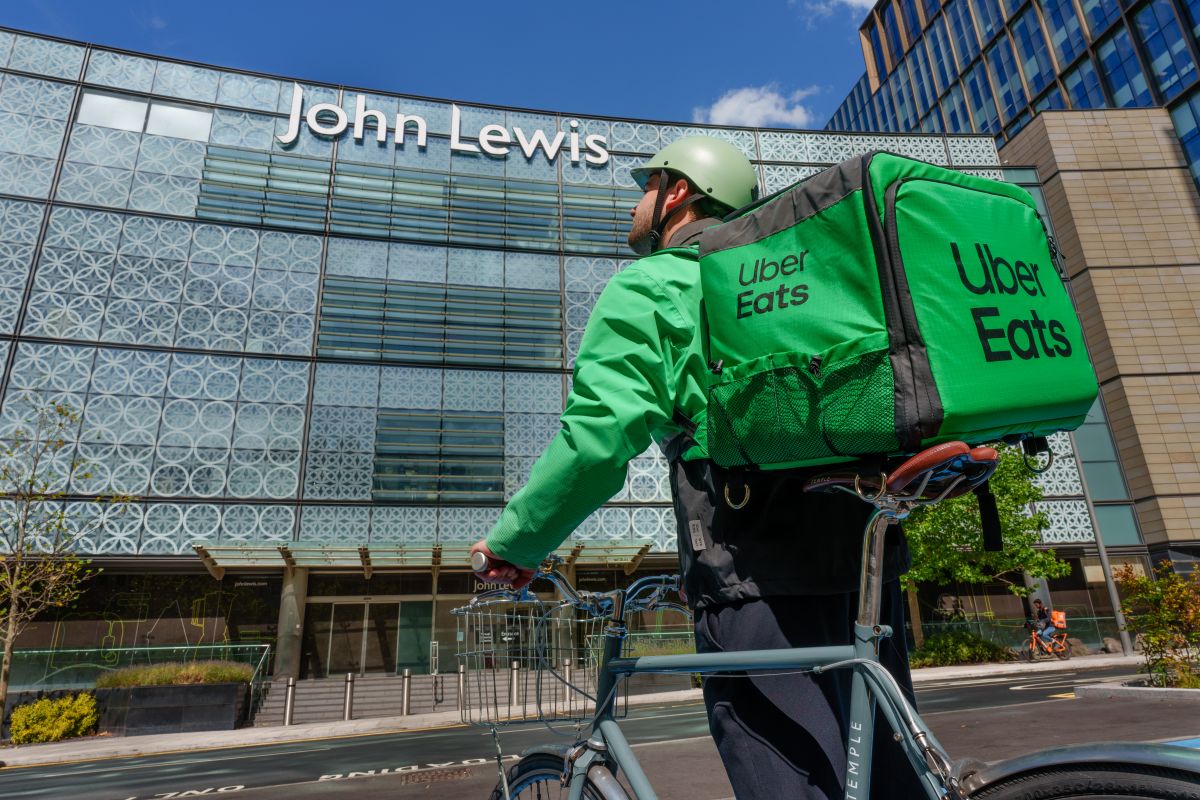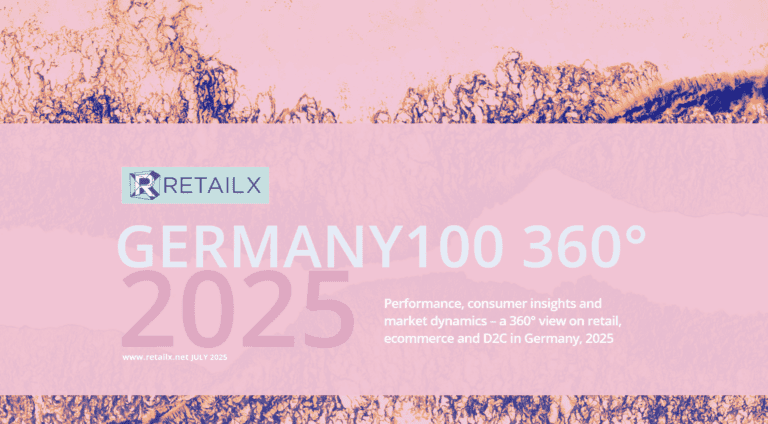Lego is giving customers what they want – an immersive in-store experience that combines both digital and hands-on physical retail. The Danish toy brand, founded in Billund, Denmark in 1932, opened its first shop in Minnesota in the US in 1992. Today it has 731 shop in 50 countries, and it sells online and through retail partners to customers in more than 140 countries.
Its latest flagship store, which opened this June on Fifth Avenue, New York, reflects the findings from two years of research into how its customers of all ages want to use its shops. Over that time the retailer has talked to those who buy from it – including its “very vocal fan community” –and its store teams, learning from what has worked in other stores while also inventing new concepts. The result brings together its digital expertise with shoppers’ desire for an immersive in-store experience.
“We see a very common theme of people wanting to return to physical retail have the opportunity to get hands on the bricks to play and to have more immersive experiences,” says Simone Sweeney, vice president global retail development at Lego Group. “In the last years as people shift more towards ecommerce, the Lego Group has oriented around and is continuing to invest both in the physical store as well as ecommerce knowing that they serve different needs and a different purpose for different people at different times.”
The opening represents a return to stores after a pandemic year in which many of Lego’s shops have closed temporarily in line with local restrictions. During that year, shoppers turned online to buy its models, with web traffic doubling to a quarter of a billion visits in 2020 alone. But now, Lego believes, they are keen both to return to stores – and to play.
New experiments in retail
The new Lego store, a 7,175 sq ft two-storey Fifth Avenue building, gives Lego fans of all ages different ways to experience the brand.
“I like to think of the stores as the heart of the local Lego brand community, they are a place where you can of course see the product before you buy it,” says Sweeney. “And you can now experience the product on a greater, greater scale. We also know that the nature of play is changing. So children are playing both in the physical and digital world in a way that’s often completely seamless and an unconscious way of interacting – and the stores are designed in order to support that physical and digital blend of play.”
Customers can pay to play and build within the virtual world of the Brick Lab, taking on challenges and meeting characters – and the models they have themselves built – on screen. And they can design their own mini-figures and other mementos in the Personalisation Studio, interacting with them both online and offline.
Adults are invited to the Storytelling Table, where they can find out the backstory to the sets on sale in-store, tracing their history onwards from early designs and prototypes. The in-store Tree of Discovery, meanwhile, has been designed for children. It made of more than 880,000 Lego bricks, has a rainbow trunk with hidden details and secrets such as mini-scenes, kaleidoscopes and picture viewers. “That’s designed to tell our stories of of growth and development, but also diversity and inclusion and sustainability,” says Sweeney. “It’s a really cool and fun experience. There’s all sorts of little storytelling nuggets in that tree. So we have kaleidoscopes, and little dioramas and windows where you can look into a world of Lego – and there are lots of little easter eggs in the tree that are super for a child to experience.”
Using Lego Expression, visitors can see interactive Lego mini figures imitate their facial expressions. And they can wave to the Lady Liberty minifigure as they wait to pay, and see her react.
Large-scale builds throughout the store include a taxicab that visitors can sit in, a giant Empire State Building and a One World Trade skyscraper. Other sights include Broadway landmarks and Marvel Super Heroes characters including Thor, Spiderman and Captain America.
The store both builds on the the results of previous Lego experiments and the place where new experiments in retail are starting. “We’re constantly looking for feedback,” says Sweeney. “The store, being born on Fifth Avenue in New York is is the showcase of our new concept. But we will continue to test and learn and iterate. It’s one of more than 100 stores will be opening in this new concept over the next year. And so we will be taking and taking the feedback from our from our shoppers from our store teams, and also from the practical side of operating that business and refining it.”
How the store fits within the multichannel strategy
Sweeney says that Lego sees “strong opportunity through building our branded retail estate, whether that’s ecommerce or it’s in bricks and mortar stores,” supported by “a very keen multichannel approach”. Now, says Sweeney, “One of the things we’re trying to introduce with the new retail concept is that you have that opportunity of the physical and the digital. And that also, s mirrored in the great premise of modern retail, which is offering the shopper what they want, when they need it, and having that that dynamic approach.” That’s important in a world where needs can change quickly as, for example, shoppers remember they have a birthday party to attend, complete with last-minute gift. “We continue to invest in both the the digital side of the retail business as well as the bricks and mortar for that reason, ensuring that we are focused behind what our shoppers and consumers actually need and what they want and acknowledging that that that changes.”
Overall, Lego plans to open more than 120 new shops in 2021, while expanding its online capabilities. That’s part of its strategy to invest in bricks and mortar as well as in ecommerce, knowing, says Sweeney, “that they serve different needs, and a different purpose for different people at different times.”
She adds: “We’re committed to expanding our global network of stores and within that also ensuring that we are constantly evolving. One of the great benefits of introducing more digital elements into the store is they’re more futureproof to a degree than more conventional retail. We’re able to programme that store and create experiences with the push of a button literally, since we are building this on a very flexible platform. We are able to update the digital content, we’re able to do themes, takeovers of the stores, we can adapt the lighting and the music, within that store space to to create an atmosphere.
“So if we were launching a new Lego Star Wars product, we could have real fun with the music and the the theming around it.”
Those in-store experiences also sit within the practical convenience that multichannel shopping offers. “In this space, you have the opportunity to get hands-on but also to to browse our digital solutions to order products and have them be shipped to your home not have to carry a Vulcan around with you as your shopping. That digital meeting of the physical is absolutely a critical factor towards ensuring a successful and fun retail experience in the future.”
This interview first appeared in the RetailX Europe Top1000 2021. To explore the report further, click here to download.
